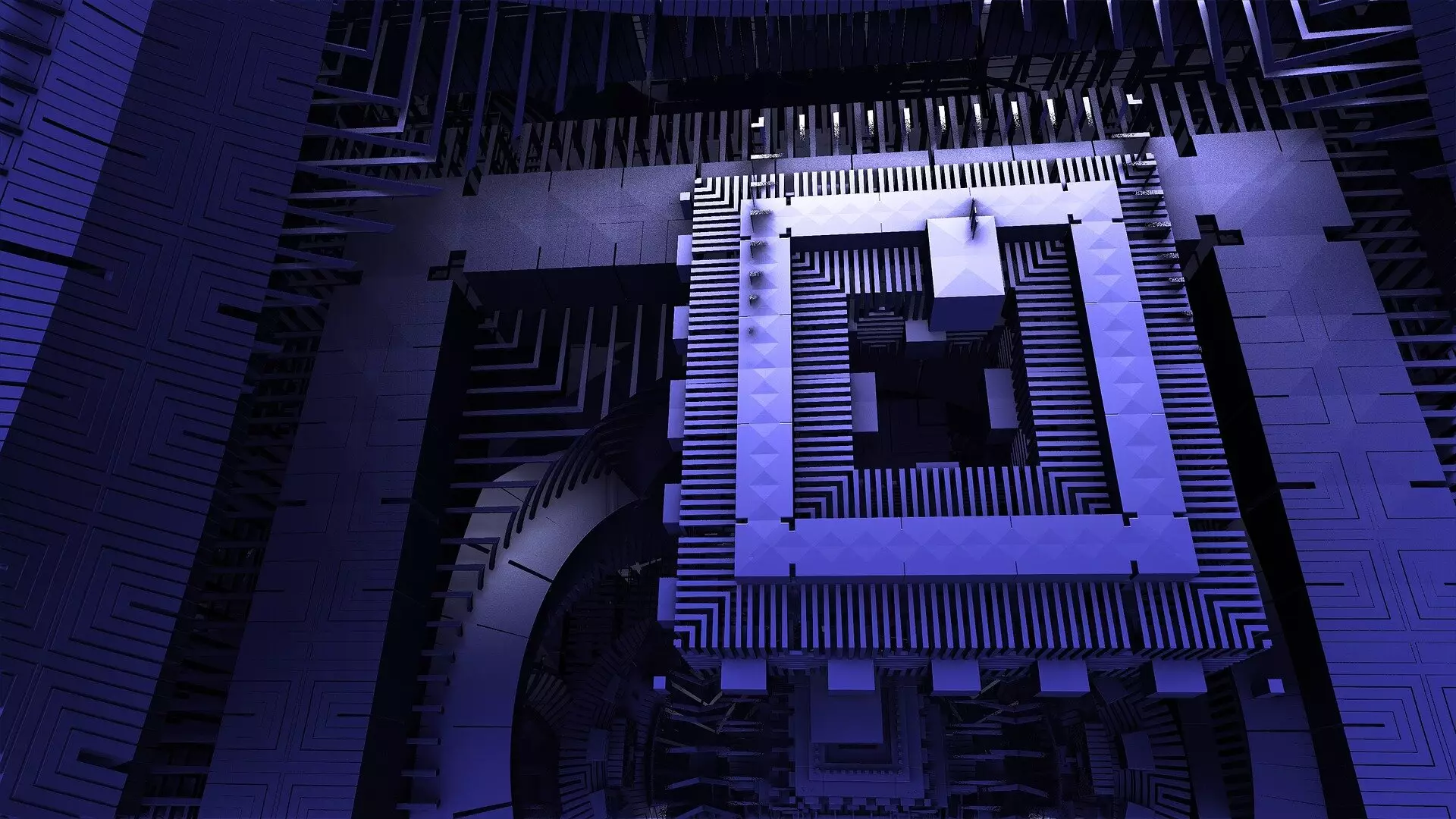A groundbreaking advancement in the realm of quantum computing has emerged from a collaborative research effort led by physicist Peng Wei at the University of California, Riverside (UCR). This multi-institutional team has synthesized a novel superconductor material that stands out as a promising candidate for hybrid topological superconductors. The implications of this research could be transformative for the future of quantum technology, potentially leading to more efficient and reliable quantum bits, or qubits.
Topological superconductors are a class of materials distinguished by their extraordinary properties, dictated by the principles of topology, a branch of mathematics concerned with spatial properties that remain unchanged under continuous deformation. These materials can maintain coherence in quantum states, which is critical for the stability and functionality of qubits. In a significant departure from traditional superconductors, topological superconductors utilize a unique electron state, which operates distinctly due to its delocalized nature. The pursuit of these innovative materials has become essential, especially as quantum computing begins to mature into a viable technology.
The research team reports their findings in the journal Science Advances, detailing the synthesis of a hybrid material created by layering trigonal tellurium—a chiral, non-magnetic material—with a surface state superconductor derived from a thin film of gold. Chiral materials, which cannot be superimposed on their mirror images, exhibit unique electronic properties, particularly at the interface where they meet other materials. The interdisciplinary collaboration emphasizes the significance of the interface, where spin polarization—a property that could enable the development of spin-based qubits—was enhanced.
According to Wei, the establishment of a highly efficient interface between gold and trigonal tellurium resulted in the formation of a two-dimensional superconductor characterized by an exceptional spin energy. Remarkably, this energy was observed to be six times greater than that found in conventional superconductors—an indication that this new material could redefine the landscape of superconductive applications.
An intriguing facet of the developed superconductor is its capacity to transition into a triplet superconducting state under the influence of magnetic fields. This high-field robustness is crucial, as it offers a pathway toward greater stability for qubits operating in challenging conditions. Past studies have shown that decoherence—where quantum information degrades due to environmental interactions—poses a significant obstacle in the realization of practical quantum computing systems. The research team’s findings suggest that the heterostructures formed with niobium and gold can effectively minimize these decoherence effects, primarily through their natural resistance to defects that have historically plagued conventional niobium superconductors.
Implications for Quantum Computing Technologies
The implications of achieving low-loss microwave resonators with remarkable quality—reaching an impressive factor of 1 million—cannot be overstated. In quantum computing, these resonators serve as fundamental components, facilitating the manipulation and measurement of qubits with minimal information loss. Researchers believe that the unique properties of the newly developed superconducting materials can lead to scalable and reliable quantum computing architectures.
As noted by Wei, the research also innovatively employs thin materials that are one order of magnitude less thick than those typically dominant in quantum computing, enabling new opportunities for miniaturization without compromising functionality. This development comes at a crucial time in the evolution of quantum technology, where the drive for compact and efficient systems is paramount.
The advancements made by Wei and his collaborative team signify a substantial leap forward in the quest to harness quantum mechanics for computational purposes. By leveraging non-magnetic materials and meticulously engineered interfaces, this pioneering work has positioned itself as a forerunner in the development of next-generation quantum computing components. The pathway toward enhanced scalability and efficiency promises to usher in a new era, wherein quantum computers will not only exist in theory but become practical tools for solving complex problems far beyond the capabilities of classical computers. With a provisional patent already filed, the journey from lab to industry may soon translate into revolutionary computational advancements for society.

